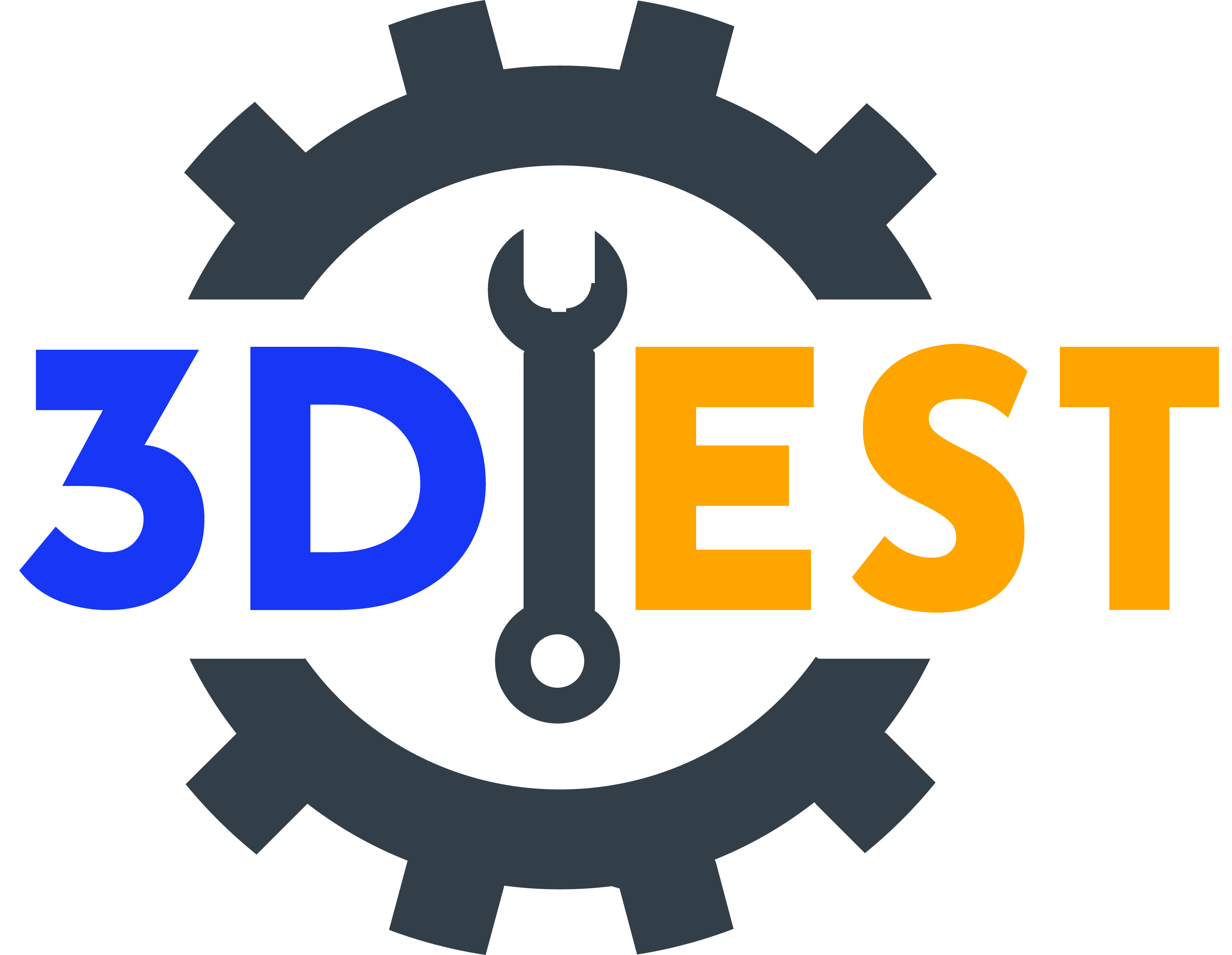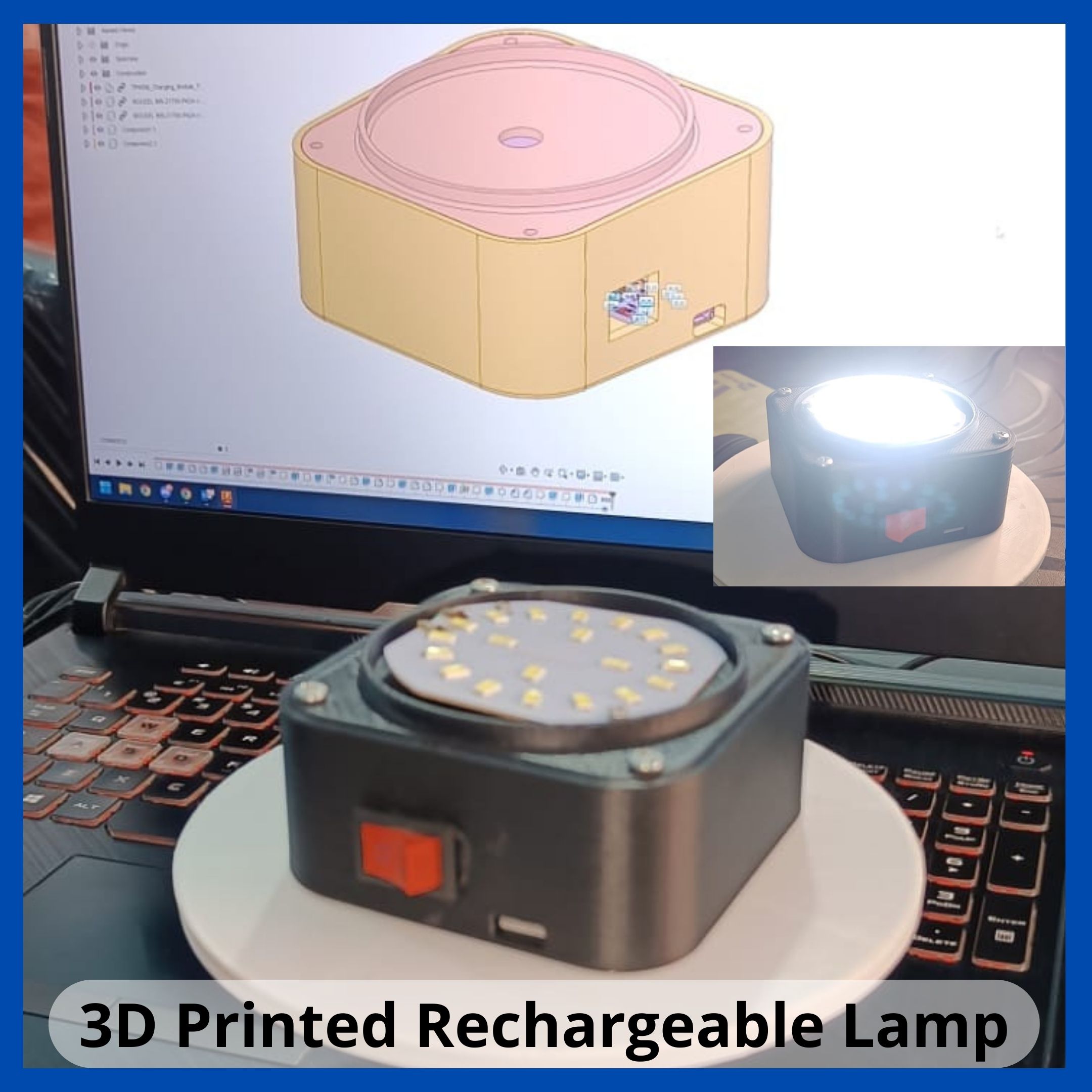Do you own a 3D printer, then it is quite normal that it generates waste. Most of the owners tend to throw the 3D printer waste but there are some creative ways by which you can recycle the 3D printer waste in an effective manner. Moreover, you can also earn some profit out of it.
Table of Contents
Main Reasons for 3D Printer Waste generation.
The 3D printer waste is generated due to two of the most common ways, that are failed 3D Prints and support materials.
It is very common to have some print fail if your bed is not leveled correctly or if orientation is not proper, then failed prints generate lots of waste.
The other common reason is support materials, without which complex parts are nearly impossible to create.
Some other reasons may be low-quality prints or the printing of prototypes during a product development process.
How to recycle 3D Printer Waste?

There are multiple ways by which you can recycle the 3D printer waste, here are some of them :
Re-extruding Filaments
3D Printer waste can be converted again into filaments, that can be reused to develop products. The most common way to do this is by using Filament extruder machines that are available in the market.
Some Filament extruder machines manufacturers are like 3Devo and filastruder, their extruder machines are easy to use and famous for developing high-quality filaments.
As the quality of filament is one of the key factors for high superiority 3D prints. Both of the machines are of very high quality and rated best on various websites for the process of recycling the 3D printer waste.
These machines can also be used for research and development work as the user can mix various new materials such as metals and composites to develop new filaments.
The main benefit of re-extruding the 3D printer waste is that it provides new filaments for reuse.
For small-scale companies, this method is very useful as it can reduce the cost of the prints, which is likely to increase profits.
But the limitation of the method is that it requires specialized machines which are higher in cost, hence it is not sustainable for hobbyist users.
The other limitation is the technical challenges in producing high-quality filaments.
Recycling the waste
As materials like PLA and ABS are easily recyclable plastics, recycling can be the most convenient method to reuse the 3D printer waste.
The easiest method is to contact the local recycling center and sell them the 3D printer waste. This method can help the user to be more sustainable and the waste can be reused to develop new parts.
Recycling is the easiest method for small-scale and large-scale users of 3D printers. To recycle the waste, the user needs to search for a local facility that recycles plastic and send the 3D printed waste regularly to the facility.
One of the key points that the user needs to make sure of is that the facility is using high-quality machines that produce the least pollution with regard to plastic recycling.
Creating Art
Creating Art for 3D printed waste is a relatively new concept. Basically, it can be used in two different ways.
The first is to use the parts to create a visually appealing art or to shed the parts into smaller plastics granules and then use them to create new art.
This process can also be done by the children to develop their creativity.
The user can also use other plastic waste with the 3D printed waste to developing new items. Some of the common items that can be developed are frames, bottles, flowerpots, and toys.
These items if well-developed can also be sold through websites like Etsy, where sustainably conscious customers can likely buy these items.
Plastic Molding
Plastic Molding is the process in which plastic is reheated and passed through a mold to provide a new shape.
Plastics that are thermoplastics can only be recycled using the plastic molding process, but thermosetting plastics require different and more complex methods.
The process of plastic molding was considered to be a complex process, but thanks to organizations like Precious Plastics that have the open-source design to set up plastic recycling units. The website offers open-source designs for plastic molding capacity for all ranges of units.
Plastic molding is best if you have a plastic recycling facility near your locality. Another point to note is that the process is technically complex and must be done under the instruction of the trained professional, as the melting of plastics releases toxic gases that may be very harmful in some cases.
Suitability of the method is completely based upon your scale.
The following table helps you to understand the best method based upon the amount of monthly 3D printed waste is generated at your station.
The table is being developed considering cost and ease, but the users can adapt the method that he/she finds best.
| Monthly waste | Best Method to recycle |
| Less than 1 Kg | Recycling the waste or Creating Art |
| 1 Kg to 10 Kg | Recycling the waste or Creating Art |
| 10 Kg to 50 Kg | Re-extruding Filaments |
| More than 50 Kg | Re-extruding Filaments or Plastic Molding |
Benefits of Recycling the 3D printed waste
The main advantage of recycling the 3D printed waste is that it can help to make 3D printing more sustainable, which is the main need of the time.
If you use the methods such as re-extruding the filament or recycling them, it helps to prevent the direct disposal of plastic waste in the environment.
The other benefit the user can get is that, saving money by creating a new filament, which can be used for test runs.
It will also help to improve creativity if the waste is used to create art. It will also help the user to learn new skills and obtain new knowledge in the area of recycling and reusing.
If you want to learn more about “3D printer waste recycling” just comment below with your queries/suggestions.


